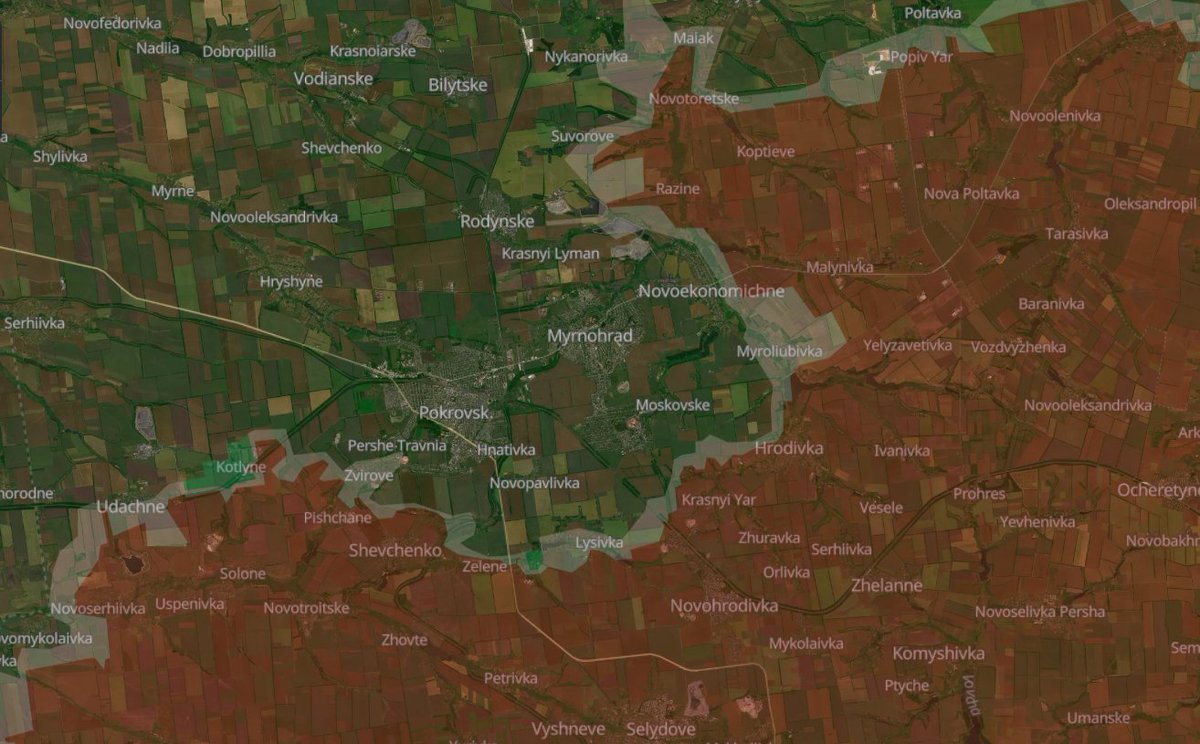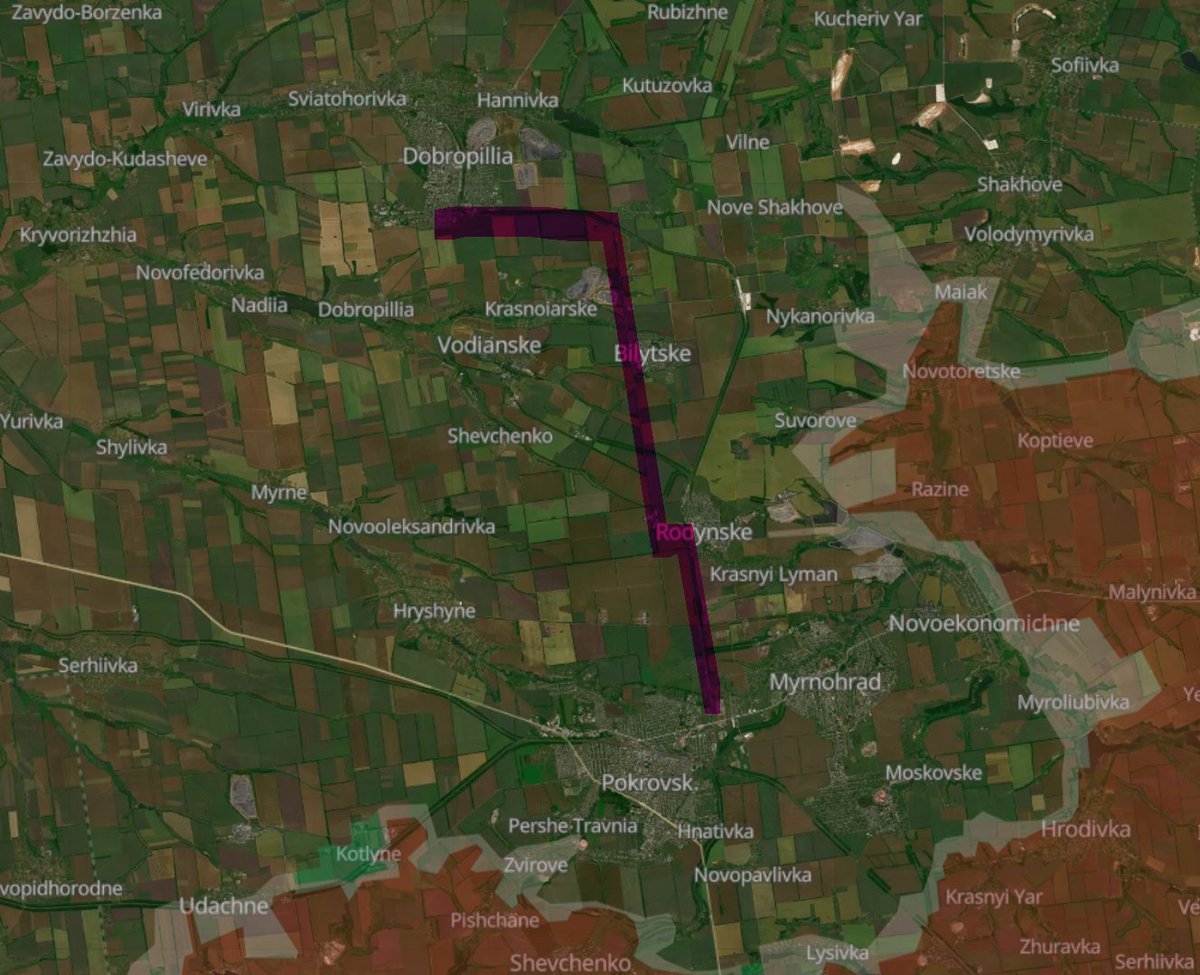In the early morning of July 26th, multiple videos surfaced showing a UAV strike on the Russian "Signal" radio plant in Stavropol. Our team has conducted a preliminary BDA assessment and gathered key context on the facility’s role in Russia’s military production. 🧵Thread: 

2/ The factory is located roughly 500 km from the area under Ukrainian control. The strike targeted one of its production facilities, around the 2nd and 3rd floor. The building appears to have avoided critical structural damage, though localized fires were reported 

3/ The facility serves both military and civilian sectors. In recent decades, Signal has been involved in a range of defense and industrial projects. Notably, it supplied cathodic protection equipment for the Bushehr Nuclear Power Plant in Iran. 

4/ The facility makes various types of radio-electronics. It is known to be involved in the design and production of EW systems such as the SAP-518 and SAP-518SM, as well as the “Khibiny” jamming stations, which are deployed on aircrafts such as the Su-34, Su-35S, and Su-27SM3 
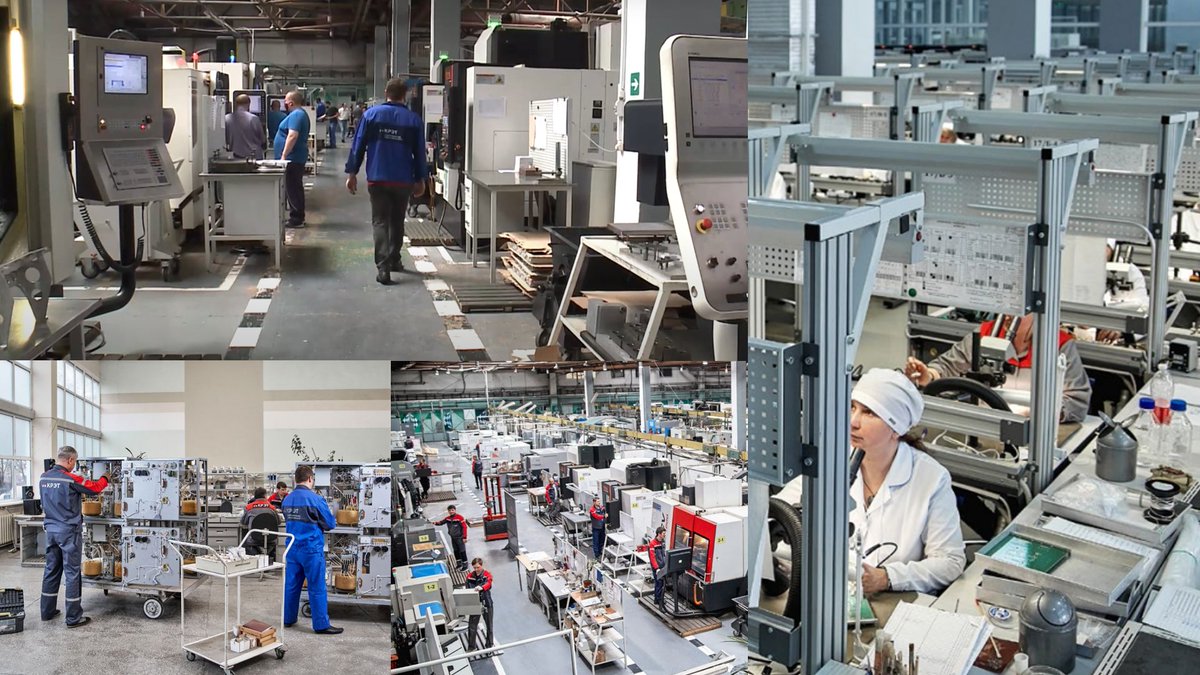
5/ The facility supplied the “Bars” system for Russia’s Liana reconnaissance satellite and supplies “Redut” electronic warfare system for the Tu-160 strategic bombers. It has also played an active role in the development and modernization of the Krasukha EW
6/ The Signal facility includes 7 production workshops, a testing center, and 2 design bureaus: the Microelectronics Workshop, the Mechanical Workshop, the Electroplating and PCB Workshop, the Power Electronics Workshop, and the Assembly and Mounting Workshop. 
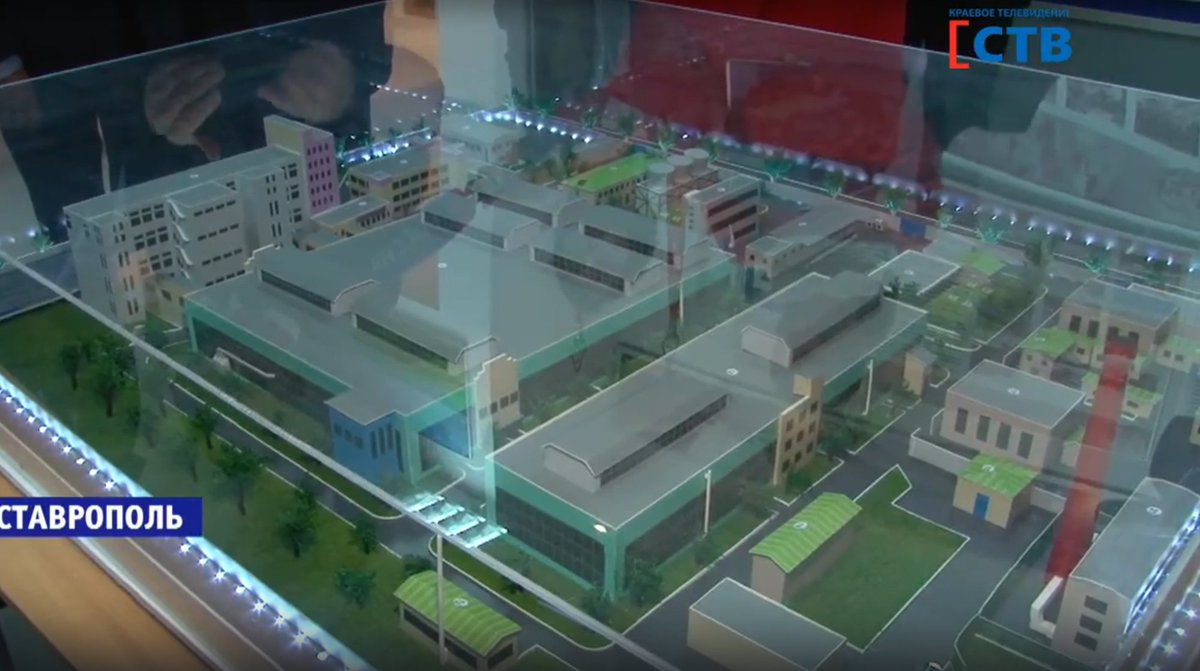
7/ Given the facility’s size and multiple buildings, our team assesses that the damage from the strike was likely limited. Some equipment may have been damaged by fire or the initial blast, potentially delaying production if the damaged section involved critical bottlenecks.
8/ As our team previously assessed, while successful, the strikes on Russian production facilities in 2024–2025, despite increasing in frequency and effectiveness, have generally lacked the payload necessary to cause prolonged disruptions or complete shutdowns of production.
9/ Thanks for reading - don’t forget to like and share the first post in the thread
We’re working with limited capacity, which has slowed us down, but we continue tracking developments. If you’d like to support us, consider contributing via BuyMeACoffee
buymeacoffee.com/frontelligence
We’re working with limited capacity, which has slowed us down, but we continue tracking developments. If you’d like to support us, consider contributing via BuyMeACoffee
buymeacoffee.com/frontelligence
10/ The photo matches the building on the video and appears authentic. Damage is concentrated on the impact floor, indicating a localized damage. Vertical burn marks suggest a fuel-based fire, but no visible signs of spread, meaning that the fire was quickly contained 
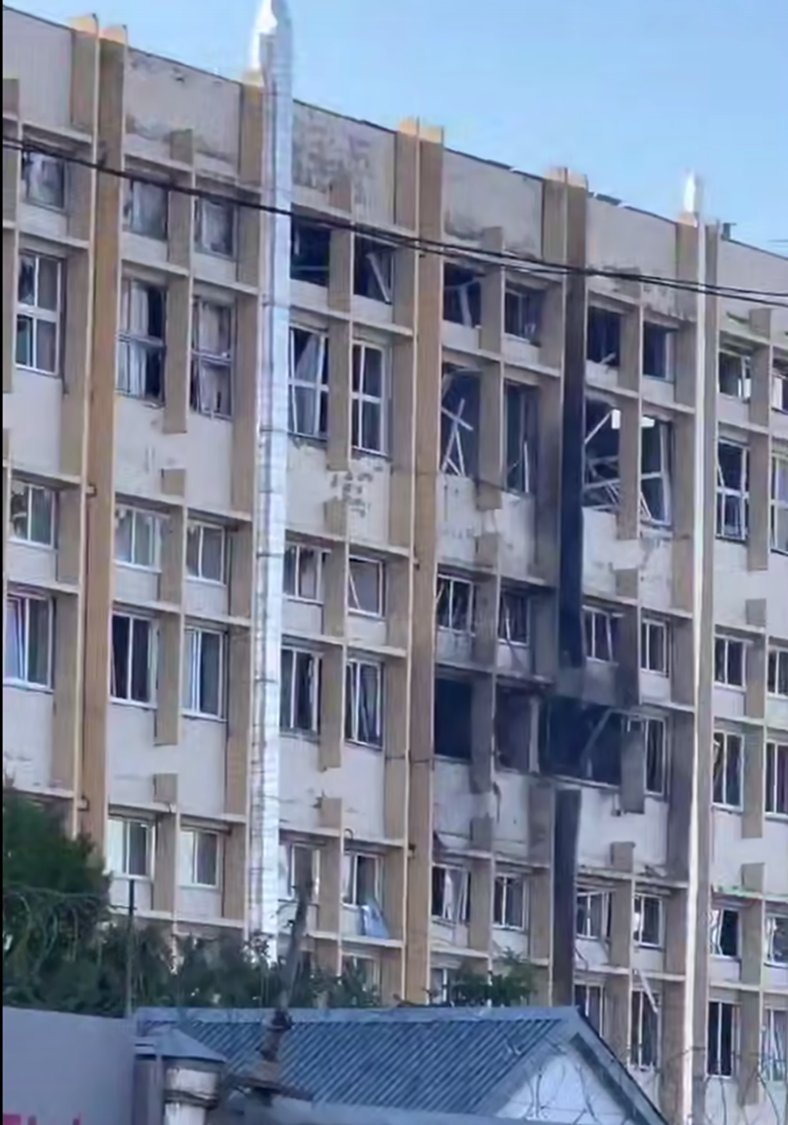
11/ Another video shows a second drone flying over the already-hit building. The lack of smoke implies no major fire followed the initial strike. The impact of the second strike is unclear. OSINT geolocator @99Dominik_ suggests the nearby facility was hit

http://x.com/99Dominik_/status/1948990239231336613
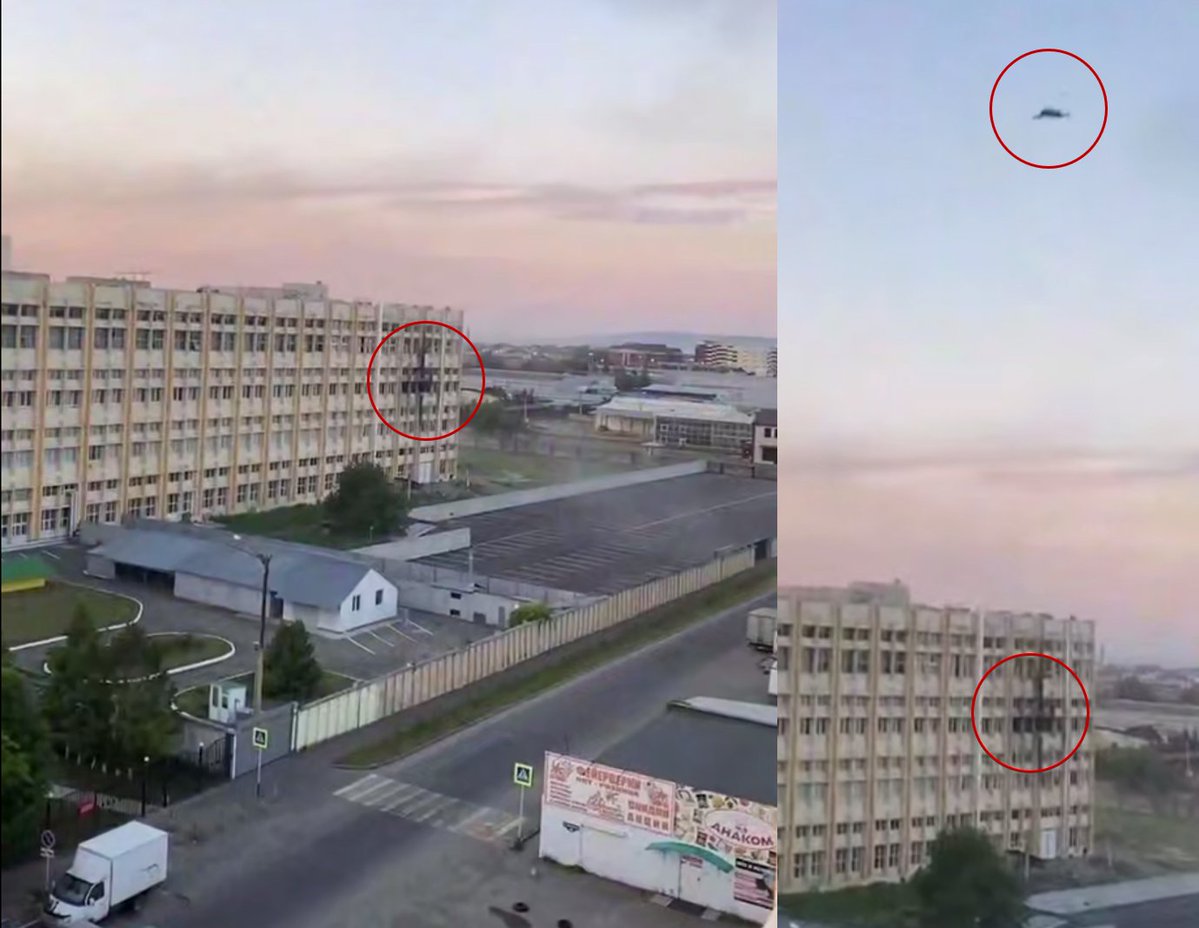
• • •
Missing some Tweet in this thread? You can try to
force a refresh





